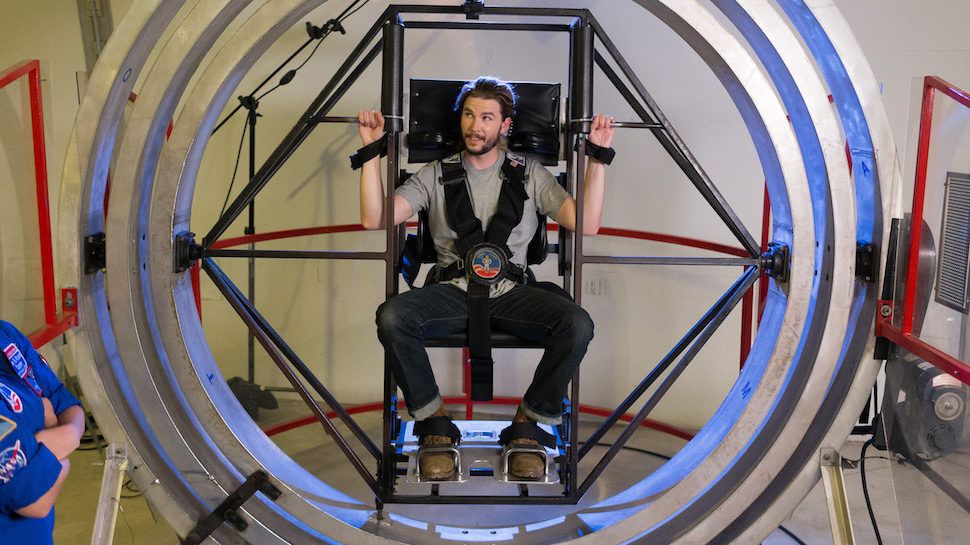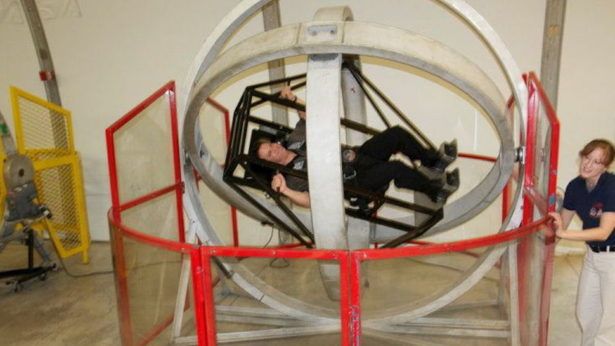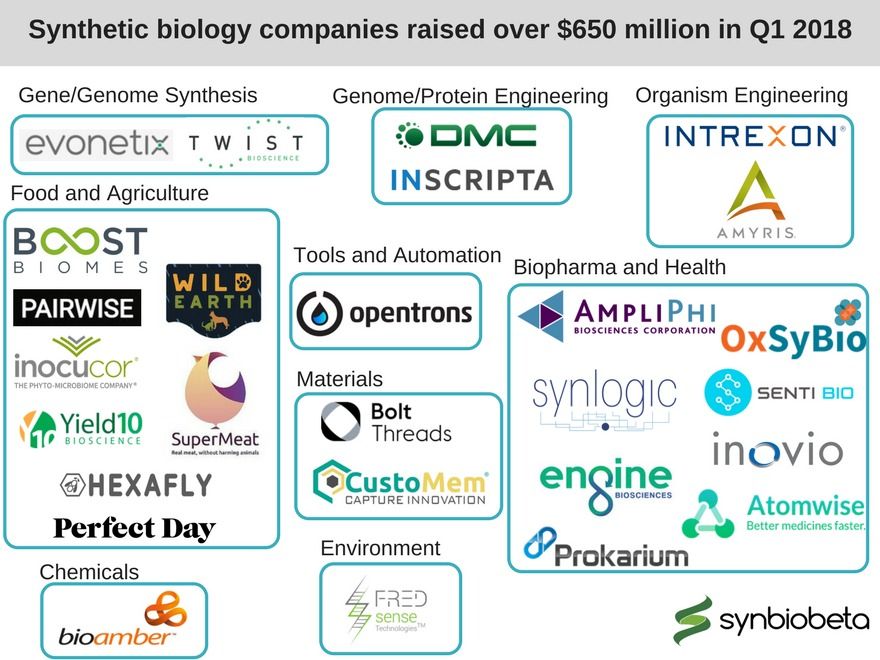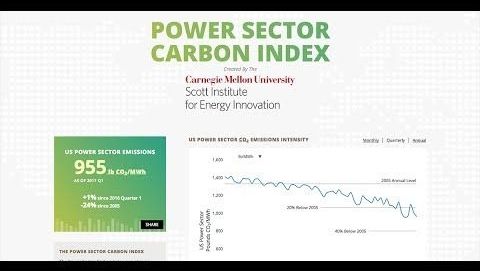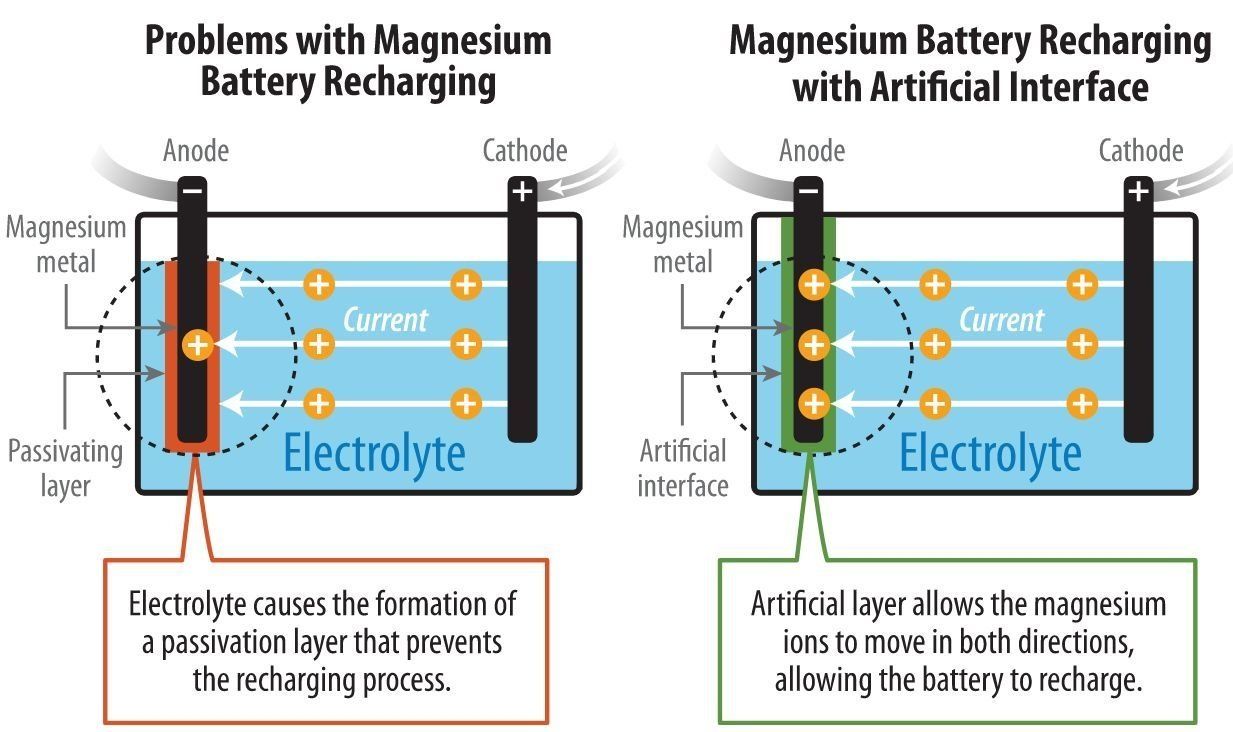Apr 4, 2018
What the Spinning Chair at Space Camp is Actually For
Posted by Genevieve Klien in category: space
If you’re of a certain age, you probably know know Huntsville, Alabama’s Space Camp best as a prize for winning a ridiculous competition show. And if you ever obsessed over going on that cosmic retreat, you probably wanted to get on that weird spinning chair they always showed in the clips. It’s a serious looking device at a serious facility–what the heck is it for?
I was recently lucky enough to make a childhood dream come true and zipped up my flight suit for a shot at Space Camp. There, as I explain in the video above, I learned that the spinning chair has a more formal name: the Multi Axis Trainer, or MAT. It’s used to give riders a feeling of what it’s like to uncontrollably tumble through space.
Continue reading “What the Spinning Chair at Space Camp is Actually For” »
